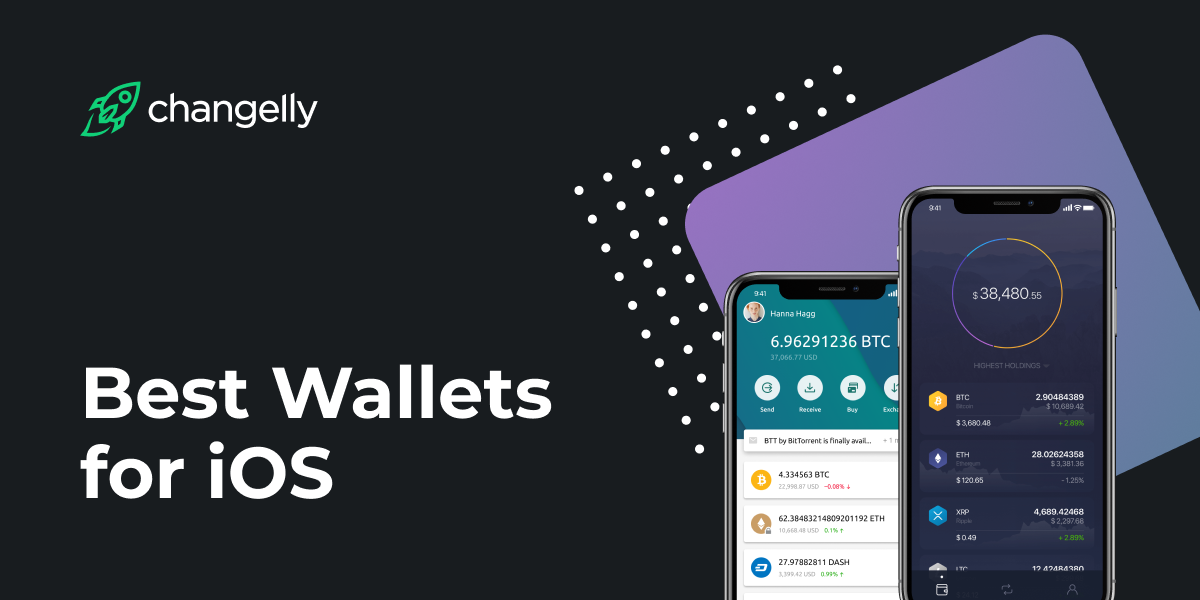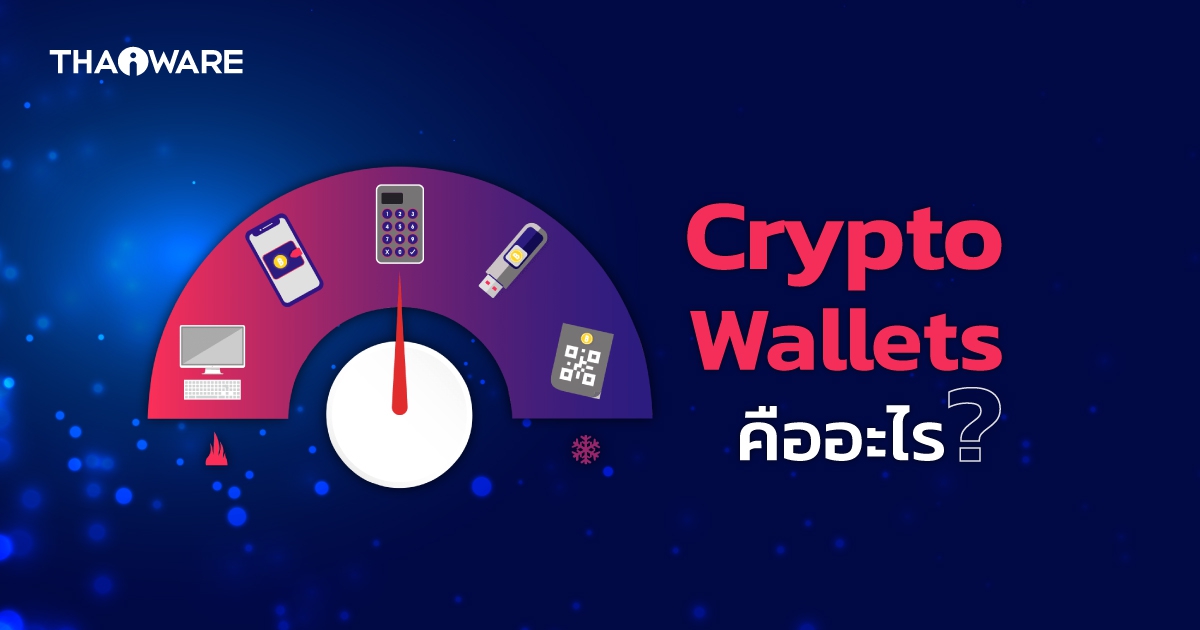Litecoin (LTC): Litecoin is a decentralized digital currency that is built on the Bitcoin protocol but with several important differences, such as a faster block generation time and the use of a different hashing algorithm.
Monero (XMR) is one of the most privacy-oriented cryptocurrency, utilizes several features such as stealth addresses, ring signatures and other security features to increase the security and privacy of transactions.
TRON (TRX) is a decentralized blockchain platform and cryptocurrency that is designed to enable the creation as well as sharing and using decentralized applications (DApps), and content sharing. The goal of TRON is to build a global digital content entertainment platform that utilizes blockchain technology and peer-to-peer networking technology (P2P). Take a look at the top trusteeglobal.eu for site tips.

Differences:
Bitcoin is a mostly decentralized digital currency. Ethereum however, is an uncentralized platform that permits users to build custom tokens and smart contracts. Litecoin has a faster block generation speed and unique hashing algorithm.
Monero focuses on security and privacy and privacy, while TRON aims to create a global digital content entertainment system.
TRON utilizes a delegated Proof of Stake (DPoS) consensus mechanism, whereas other cryptocurrencies employ a Proof of Work (PoW) or Proof of Stake (PoS) mechanism.
10 Things I Need To Know About A Usdt Money Wallet
The function of a USDT wallet is to store, transmit, and receive Tether (USDT), which is a stablecoin tied to the US dollar. Specifications: Make sure you choose an USDT wallet with the most important features like security, backup and recovery options, convenience of usage, and security.
Security: Securely store your USDT and enable two-factor authentication. Make sure your private key is safe and safe.
Keys for private and public Like other cryptocurrency wallets, USDT wallets also have public and private key. The public key will allow you to receive USDT. The private key gives you to access and transfer USDT.
USDT Receiving: In order to receive USDT, you need to provide your public code to the sender.
Sending USDT: To transfer USDT, enter the recipient's public key and the amount you would like to transfer.
Transactions Transactions: All transactions that occur using an USDT wallet will be added on the blockchain.
Pegged Value: USDT has a value that is the same as the US dollar. This means that it is stable when compared to the dollar.
Conversion: USDT can be converted into other currencies or fiat currency through exchanges.
Integration: USDT wallets have the ability to integrate with other exchanges and financial services. This allows for seamless transfer of funds. Have a look at the recommended usdt wallet for more advice.

10 What I Must Learn About Etherium Wallet
The purpose of an Ethereum wallet is a software application used to store as well as send and receive Ether (ETH) as the currency of the Ethereum network.Types There are different types of Ethereum wallets, such as hardware wallets, software wallets, and paper wallets.
The most important features: Make sure you look for an Ethereum wallet that comes with security features (e.g. Easy use encryption, backups, and options for recovery.
Security: Ensure that your ETH is kept in a safe wallet. It is also possible to enable two-factor authentication. Your private key should be safe and protected.
Public and private keys The Ethereum wallet comes with a public key that can be used to transfer ETH as well as a private key that can be utilized to access and transfer ETH.
Receiving ETH You must share your public keys with the sender in order to receive Ethereum.
Sending Ethereum: Type the recipient's public keys and the amount you would like to send.
Transactions: All transactions conducted through the Ethereum wallet will be registered on the Ethereum Blockchain, a publicly accessible ledger that keeps track of all ETH transactions.
Gas fees: Ethereum transactions will require gas. A fee of ETH is needed to complete the transaction. Make sure to consider the cost of gas when you make transactions.
Contract support: Some Ethereum wallets let you create and manage smart contracts. Take a look at the recommended xmr wallet for blog info.

10 Things To Know About A Monero Wallet And The Xmr Wallet App
Purpose: A Monero (XMR) wallet is a software application used to store, send, and receive Monero, a privacy-focused cryptocurrency.Types: There are different types of Monero wallets, including software wallets, hardware wallets, and paper wallets.
The main features are: Monero wallets offer key features like security (e.g. Backup and recovery that is secure and also ease of use are some of the key features that a Monero wallet offers.
Safety: Store your XMR in a safe wallet. You should also consider activating two-factor authentication. Keep your private key safe and safe.
Public and Private keys Keys for public and private keys Monero wallet has a public address to receive XMR and an private key to view transactions in the process and a private spend key to access and sending XMR.
Receiving XMR To be able to receive XMR sender, you must share your email address with the sender.
Sending XMR : Enter the public address of the recipient as well as the amount you wish to send.
Transactions Transactions: Transactions made through the Monero account are stored on Monero blockchain. It is a public record of all XMR transactions.
Privacy: Monero provides privacy by hiding the source as well as the amount and location of transactions using stealth addresses and ring signatures.
Scalability: Monero's design permits to increase transaction volumes when demand increases. View the recommended trusteeglobal.eu/usdt-wallet/ for site tips.

What Is The Difference Between A Usdt Erc-20 Wallet And The Tether Erc-20 Wallet?
USDT (Tether) is a stable cryptocurrency that is a fixed currency, tied to the US dollar, which implies that its value is designed to remain constant in relation to the US dollar. USDT (Tether) can exist across multiple blockchain networks like Ethereum (ERC-20), Omni and other Bitcoin-based platforms. The USDT ERC-20 wallet houses USDT tokens specifically built on Ethereum using the ERC-20 standards. Similar to Tether ERC-20 wallet Tether ERC-20 wallet is a specific wallet that contains Tether (USDT) tokens that are built on the Ethereum blockchain using the ERC-20 standard.
The main distinction between these two kinds of wallets is the name used to describe the stablecoin USDT ERC-20 as well as Tether ERC-20. They are the identical asset base, which is a stablecoin that is tied to US dollars that exists on Ethereum blockchain using ERC-20 standards.